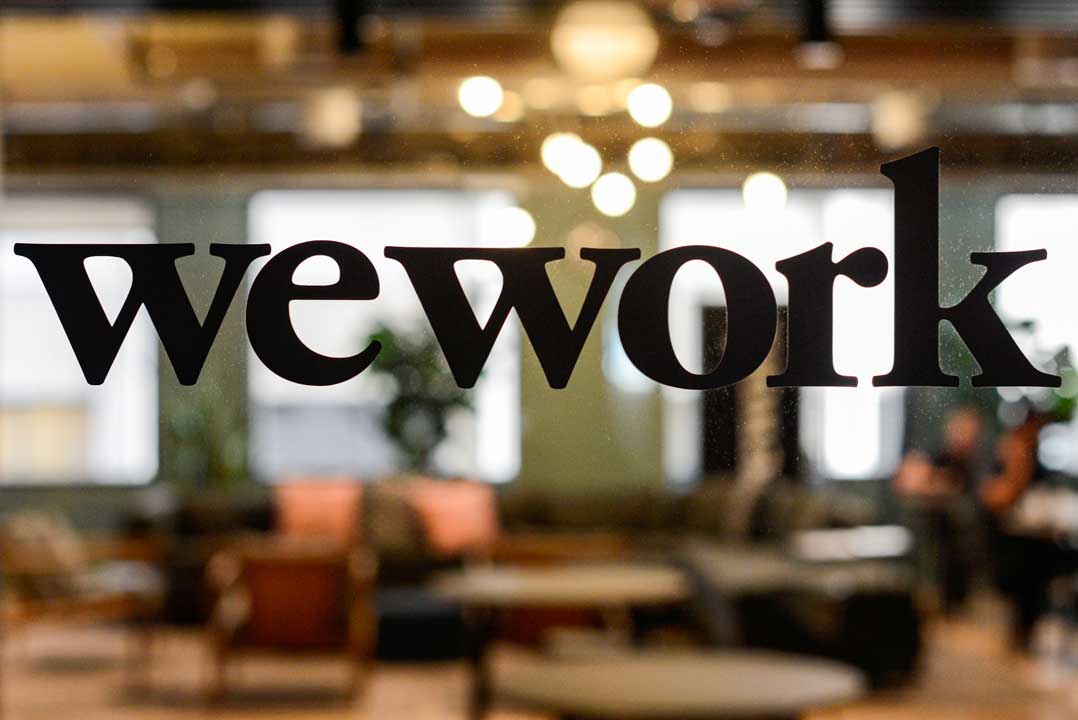
WEWORK, a co-working space provider, is confident that the hybrid working model will continue even after the coronavirus pandemic.
“Even post-pandemic, we see the hybrid workplace strategy remaining, and this flexibility that allows employees to work anywhere and allows companies to scale operations and their workspace commitments will help drive the demand for co-working spaces,” WeWork said in a statement sent to BusinessWorld on Oct. 20.
The changes brought about by the pandemic has “increased interest” in WeWork locations in the Philippines, the company added.
WeWork has a global real estate portfolio of over 760 locations across 38 countries, with Southeast Asia offering 30 locations and four locations in the Philippines.
“Companies have started planning for a longer term, sustainable workplace strategy while smaller businesses are opting for more flexible, workspace arrangement as opposed to traditional workspace commitments,” WeWork said.
Asked if there are plans to add locations in the Philippines, WeWork said: “While we do not have current plans to add more locations to our portfolio here, the Philippines is a key market for WeWork and we will continue to review every asset in order to optimize our footprint and ensure all of our locations are creating value for our portfolio in the long term.”
Hybrid work, which combines working from office, home, or anywhere, is currently being adopted by many companies as a way to recover from the pandemic, WeWork General Manager for Australia and Southeast Asia Balder Tol told BusinessWorld in a recent online interview.
“I think flexibility… really gives choice to employees; and I think with choice, it gives us a sense of empowerment on where we can be most productive for the task at hand,” he said.
A third space is also an ideal solution to improve employee productivity, Mr. Tol said, noting that “for many, working from home can be isolating and distracting, and that in itself can bring a lot of stress.”
“We see that prolonged working from home and being empowered on when and how to work results in longer hours for working for many as well, so creating a professional space outside of the home for employees to collaborate or socialize is a key factor in bringing employee happiness.”
The flexible work setup can also come with challenges, including the difficulty in assessing employee productivity.
“The potential of burnout without the realization from the managers is [also] one of them,” Mr. Tol said.
The increased reliance on technology is one of the biggest challenges for companies.
“For example, in hybrid meetings, if you want to truly innovate and collaborate, there is nothing more frustrating than having some people in an office and some people on Zoom trying to… have an active discussion,” Mr. Tol said.
“The last part is team building when there is a distance. Obviously, offices have traditionally been places where you build culture or where you have learning opportunities,” he added.
The WeWork executive noted a centralized location is ideal for team-building activities in a hybrid work setup to “really ensure that there is an inclusive culture.”
A recent global survey by the Future Forum — a consortium that includes Herman Miller, the Boston Consulting Group, Slack, and Fortune Magazine — showed 76% of the respondents want flexibility in where they work.
The survey also showed that 93% of workers want flexibility to determine when or how much time they spend on work.



